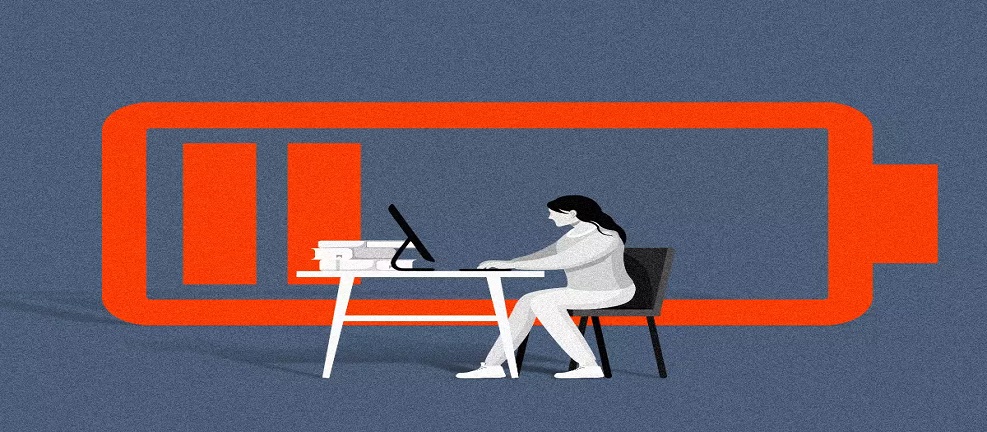What is Moonlighting and Should it be Allowed?
Wondering what Moonlighting means? Cambridge University describes Moonlighting as the act of working at an extra job, especially without telling your main employer:
- You'll lose your job if the boss finds out you've been moonlighting.
- Sometimes, when you want to change direction or move into a new industry, moonlighting is the right option.
There are a few varied opinions about the origin of the term, but for sure that it has come from the concept of holding a second job, especially at night, after the moon is out, from the notion of working by the light of the moon.
The term is not anything new, but has been unknown to many in India till recently, probably before Wipro Chairman Rishad Premji attacked the trend of moonlighting in the tech industry, through his tweet, “There is a lot of chatter about people moonlighting in the tech industry. This is cheating - plain and simple,” which has gone viral and attracted a lot of responses in support and against.
The trend of moonlighting - working extra gig or part-time jobs, along with the main full-time job, to earn additional income - has caught up with the workers, particularly techies, during and after the Covid-19 pandemic, thanks to the wider acceptance of WFH culture. In India, the employment policies of most companies do not allow their employees to take up another work - full-time or part-time - because of the risks involved in the forms of conflicts of interest, the decline in job quality and performance, or misuse of an employer’s tools and resources.
What is moonlighting?
As discussed, it is the practice of doing a second job outside regular work hours, without the knowledge or consent of the regular job employer, to earn extra money. An employee working a regular 9 to 5 job as the main source of income, taking up another work at night when the moonlight is in, to earn additional income, is the classic example. However, the term moonlighting may not be taken literally because if the regular work hours are during the night, the extra work may be during day time when there won’t be any moonlight.
The recent prominence of moonlighting
The practice has been in existence for a long time, but it has come into prominence when the working model of work-from-home (WFH) became a norm in many companies in different sectors, particularly the tech industry. The emergence of this trend has started challenging compliance with employment contracts and norms within companies.
Many organizations are not in favor of allowing their workers to take up another job even if outside of work hours as could be inferred from Wipro chairman’s stand, but a few companies like Swiggy have announced their consent to their certain employees engaging with other companies for part-time works or gigs under certain conditions. Swiggy has announced its “moonlighting policy” recently in a statement, "This could encompass activity outside of office hours or on weekends that does not impact their productivity on the full-time job or have a conflict of interest with Swiggy's business in any way.”
For and Against debate over moonlighting
Like in any topic or event, moonlighting has also prompted a debate about the future of the freelancing or gig economy and the changes it may bring in white-collar jobs in India and all over the world. While a few consider it bad for the tech industry and others go on to support the concept.
A recent survey conducted by called Kotak Institutional Equities on 400 people across the IT & ITES space found that “65% knew of people pursuing part-time opportunities or moonlighting while working from home.” Because of this reason, many employees prefer to work away from the office and 42% of the participants in the above survey preferred to change their jobs or even quit if they were not allowed to WFH.
While Vikram Shroff of the firm Nishith Desai Associates was of the opinion that “In full-time employment, the employee is expected and required to spend his entire working time, efforts, and energy for the employer’s interests, ”, Swiggy's human resources head Girish Menon took a stand that “moonlighting is the 'future of work' and that employees will be responsible and declare what gigs or projects they're getting into.”
Many tech employees who practice moonlighting ask why moonlighting is cheating because they deliver their tasks with the required quality in the stipulated timelines against the payment they receive. What they do in their free time, outside work hours, should not bother the employers. Some of them feel that it helps them to upskill themselves. Not only, but they also earn more than what they earn from their full-time job by spending lesser time.
Currently, there is no specific law to stop moonlighting but individual companies have devised policies against it and working on new policies that would try to ban the practice. Most organizations have started incorporating provisions to prevent this by placing limitations on employment contracts. However, it is getting difficult to prevent it with the ‘work-from-home culture that makes it easier for employees to take up side gigs. The debate has now got on top because tech biggies have been seeing unprecedented attrition in recent times and the major reason is attributed to moonlighting.
Emerging talent sourcing and task management platforms like AiDOOS are also contributing to the win-win situation because they provide short-term project-based services using freelancers including moonlighters. The significant advantage for those seeking tasks as service through these platforms is that they get the work of the best talent because moonlighters come with top-notch skills and expertise.
Conclusion
Many HR leaders consider two factors that pitch them against moonlighting; working with other companies in the same industry creates a conflict of interest and employees use the company-provided tools and software for personal causes. Many companies are adding conditions in employment contracts to stop moonlighting practice, and this is causing a high rate of attrition in such companies. This practice is likely to continue to exist and government and companies must take initiatives to bring provisions in relevant laws and employment contracts that allow moonlighting. This will be a win-win for both employers and employees.




